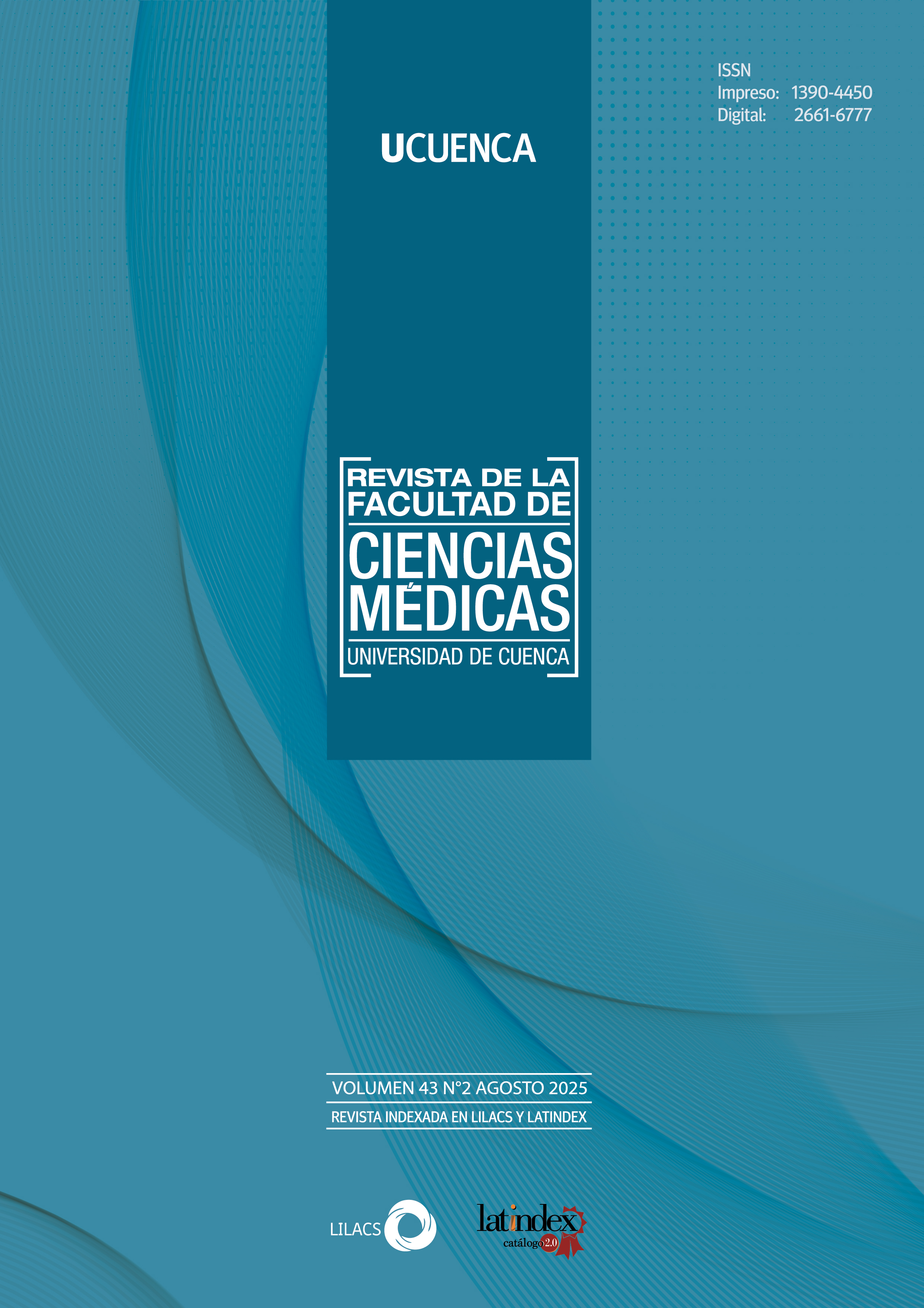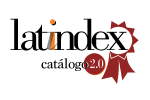Neuroscience a tool to enhance education in the Medical career
DOI:
https://doi.org/10.18537/RFCM.43.02.04Keywords:
neurosciences, education, medical, learningAbstract
Introduction: neuroscience has emerged as a key discipline for understanding learning processes, memory, and decision-making—fundamental aspects in the training of future healthcare professionals. This article explores how advances in neuroscience can be used as a pedagogical tool to optimize medical education, promoting more effective and personalized teaching methods.
Objective: to determine the level of knowledge about educational neuroscience among second- to fifth-year medical students at the Faculty of Medical Sciences of the University of Cuenca, from September 2023 to July 2024.
Methodology: a descriptive observational study was conducted with a total population of 548 students. A sample of 227 was calculated using Fisher’s formula, with 203 students voluntarily participating. Data were collected through a survey.
Results: there is a good level of perception in neuroeducational knowledge among students (4 points), a medium level of acceptance of neuromyths (3 points) and a medium level of application of neuroeducational practices (8 points).
Conclusions: the findings show that students have a good perception of neuroeducation, although there is also a broad acceptance of neuromyths, along with a high implementation of neuroeducational practices. These results highlight the importance of incorporating neuroeducation into academic programs to enhance educational quality, providing both teachers and students with essential neuroscientific tools.
Downloads
Published
Issue
Section
License
Copyright (c) 2025 Wendy Carolina Gonzalez España, Dayana Thalia Rojas Chuquiguanca, René Fernando Estévez Abad

This work is licensed under a Creative Commons Attribution-NonCommercial-ShareAlike 4.0 International License.
Copyright © Autors.

You are free to:
 |
Share — copy and redistribute the material in any medium or format |
 |
Adapt — remix, transform, and build upon the material for any purpose, even commercially. |
Under the following conditions:
 |
Attribution — You must give appropriate credit, provide a link to the licence, and indicate if changes were made. You may do so in any reasonable manner, but not in any way that suggests the licenser endorses you or your use. |
| NonCommercial — You may not use the material for commercial purposes. | |
| ShareAlike — If you remix, transform, or build upon the material, you must distribute your contributions under the same license as the original. |
| No additional restrictions — You may not apply legal terms or technological measures that legally restrict others from doing anything the licence permits. |






